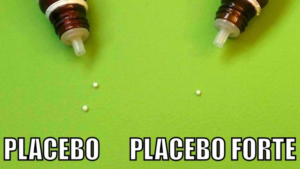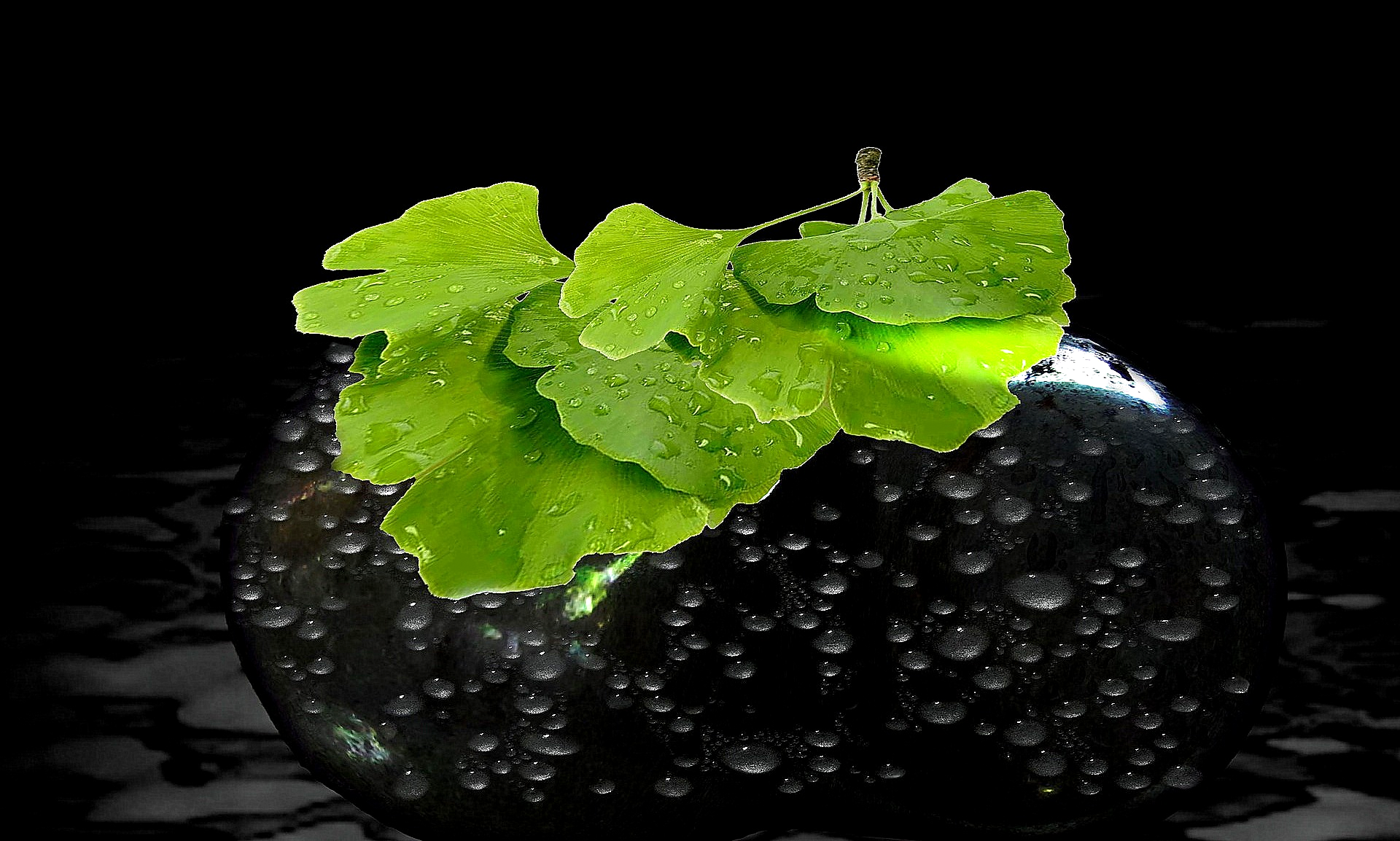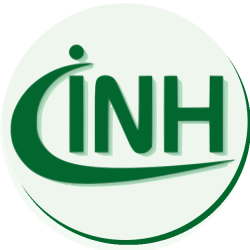Samuel Hahnemann was born on 10 April 1755

Placebo and nocebo effects are not only found in medicine. These effects accompany us in daily life always and everywhere and are not bad in themselves. The ambience of a restaurant makes the schnitzel taste better and if “Coffee” and not “Viennese coffee specialties” is on the drinks menu, the taste will be judged more critically. The tricky thing about placebo/nocebo effects is that they are not subjective “imaginations” or apparent effects, but objectively measurable or observable changes. The effect is real. The particular malice of these effects in medicine lies in the fact that they occur in medicine and pseudomedicine both effectively positive and negative.
However, the placebo and nocebo effects are not based on specific individual causes. There is no causal “physical-chemical” relationship. It doesn’t matter with which acting or method one works. The placebo and nocebo effects are neither specifically causal, nor can they be realized at will by certain events or actions. The positive placebo and “vice versa” negative Nocebo effects result from the whole spectrum of expectations, desires and hopes of each individual against the background of his religious and ideological views, its education including its completely subjective life and illness experiences. All this is conditioning. Placebo and nocebo effects can literally be caused by anything, as long as it is “psychologically” significant for the individual, or – to put it casually – corresponds to gut feeling.
Whether we like it or not, we consciously and unconsciously attach highly personal “meanings” to the entire process, the various drugs, the therapeutic spectacle, the people involved, the environment, in short all things and events, whether we like it or not, and contribute to placebo or nocebo effects in this way. These assigned meanings are subjective and prejudices. One orients oneself to this and of course these can also become effective in the sense of placebo and nocebo and this sometimes happens very spectacularly. And this is exactly where “advertising” comes in. Professional advertising psychologists know exactly how and with which images they can reach and influence their target audience. And that happens daily throughout the media.
The placebo effect is one of the main pivotal points in discussions about pseudomedicine. The placebo effect also meets the effect of homeopathy as the best-known pseudomedicine. The lack of causality based on natural science is replaced by fashionable pseudo-scientific swirling and, depending on the clientele, also by angels and the like, if one includes the feel-good and life-support area as a peripheral area of medicine.
Now the placebo effect is being discovered as a hope for legitimazion of pseudomedicine and is being given a completely erroneous meaning. One does not dizzy any longer over this effect, but markets thereby purposefully pseudomedicine and also homeopathy. Placebo is like a drug, but is gentle and free of side effects. To put it simply, one only has to swallow a placebo tablet or apply homeopathy. A naive and unattainable wishful thinking. If an application is very widespread, often used and the field of application concerns mainly harmless, temporary and self-healing complaints, then there will be accordingly many and also sensational “successes”. But however impressive, they are placebo effects and the effects are correspondingly limited.
The discovery of the placebo effect
Franz Anton Mesmer propagated “animalic magnetism” towards the end of the 18th century. His treatments were spectacular, “mesmerism” was booming. Benjamin Franklin, however, was able to demonstrate in 1784 as a member of the royal commission of inquiry in Paris that these “treatment successes” occurred when and only when the subjects knew that they were actually “mesmerized”. If the “healing” spectacle was hidden with the magnets, i.e. performed as blinded or omitted, the sensational effects were over. Benjamin Franklin succeeded, so to speak, in the first documented proof of the placebo effect. Benjamin Franklin showed that the success of medical actions was based on two chains of causes. The effect can lie in the belief in the therapist or his therapeutic spectacle, his method and his remedy as well as in the method and the remedy itself, if a physically causally conditioned effect of the last exists at all.
Evidence versus eminence and pseudomedicine
Since then, a distinction has been made between “physical” and “psychological” causes of action. Until then, the question of a causal effect had not arisen. All you could see was that it worked, and that was enough. From now on, scientific medicine developed. Remedies or therapies were only considered “properly” effective when it could be shown that their effect was independent of the expectations and beliefs of patients and doctors. To work or heal through mere “imagination” was already suspect at that time.
This unmasking of the therapeutic spectacle or the “actor physician” as an effective component of the phenomenon then referred to as hysteria was, however, also a confirmation of the ineffectiveness or effect of “transcendental” healing powers in medicine.
It must be remembered that for thousands of years in healing, the imploring of heavenly goodwill has been an indispensable part of medicine. A remedy alone could not work properly if it was not used with appropriate therapeutic evocation. Healing has always been an extensive ritual that reached into the beyond. The doctor or his art of healing could not heal alone, they could only contribute a part to the healing. Franz Anton Mesmer did not claim to possess supernatural abilities, but his therapeutic spectacle was as effective or ineffective as a heavenly spectacle. The charisma of the healer only had to be just as impressive as the miraculous relic in a pilgrimage cathedral.
This insight changed the development of medicine in the long term. Since that time, a distinction has been made in medicine between evidence and eminence. For a long time, what eminences thought was right and applied that. Today, evidence-based medicine is the standard. It is based on scientifically proven findings. Experience has shown that a personal observation simply does not suffice as proof in order to be able to claim a causal effect or a causal connection.
Today it is no longer part of medicine or the medical art of healing to call upon supernatural heavenly powers. No doctor will forbid his patient to pray, but he will certainly not prescribe the praying of three “Our Fathers” or even propose an exorcism, which is still practiced by the Catholic Church. And just as a heavenly spectacle cannot replace a specifically effective medicine, neither can a therapeutic spectacle do. And spiritual powers in drugs, as Hahnemann still thought, do not exist.
But the medicine based only on “eminence”, whose effectiveness is based on the good reputation, did not disappear. On the contrary, it lives on to this day in alternative, complementary and so-called holistic medicine. Here one justifies oneself still exclusively with the subjective observations and statements of eminences, the treating physicians and healed ones. The anecdotes as eminence-based testimonials are legally safeguarded with the indication that the effectiveness is not scientifically proven. The healing anecdotes correspond to the votive tablets in pilgrimage churches. And an evidently proven effect is still not a prerequisite for legal admissibility.
For the sick hoping for healing this is of no importance. They trust in eminence, they succumb to reputation. For them, individually reported healings or the reputation of the participants are proving enough. The importance attached to doctors, media personalities and stories of spectacular healings weighs more heavily than scientifically based assessments. The therapeutic spectacle, the special care, the recommendation and last but not least the reputation to be without technology, without chemistry, biological, natural etc. count more and act as a placebo.
The doctor or guru convinced of his method sees the success with his patients and clients. These in turn strengthen their practitioners in their belief that they recognize causally effectiveness in their treatment. The technical term for this is “performative deception”. The self-deception of patients and doctors reinforces each other. And a good doctor will give his patients hope. He has no choice: in the patients’ eyes he must appear as guarantor of effective treatment. However, it is only a small step from giving hope to the patient to believing that his treatment will actually have an effect even on life-threatening diseases. The best-known example of such “medicine” is homeopathy. The performative deception is the basis and characteristic of homeopathy. The homeopathic way of working, its setting favours self-deception. The effective therapeutic spectacle begins with the anamnesis. Every little ailment is recorded and treated and, contrary to all assurances, homeopathy is also recommended for life-threatening diseases instead of proven effective medical treatment. In the end, the “homeopaths without borders” “heal” Ebola with sugar beads in Africa.
To date, there is no valid proof of efficacy
Yes, and there is no evidence of the phenomenon of homeopathy itself. The legendary Nuremberg salt experiment of 1835 and the numerous metastudies to date are clearly negative. The quality of positive studies is usually doubtful and negative study results are negated by homeopaths or highly professionally reinterpreted with idiosyncratic statistics. It is rounded off with allegedly “scientific” explanations of the effects of homeopathy. These are nonsense from a scientific point of view. Nothing but a science fiction effect is explained here.
Such means and methods cannot be objectified. The placebo effect is also and especially founded in eminence-based medicine and is therefore the link between medicine and pseudomedicine. In medicine, successes and failures are investigated and explained. This leads to new insights. In the always dogmatic pseudomedicine there is nothing to clarify. It has therefore also contributed nothing to our current tried and tested state of knowledge. The contribution of “alternative” medicine to progress of knowledge is zero.
The magic wand “Eminence” of yore is still working
Franz Anton Mesmer continued to do good business at that time. His patients remained loyal to him. Nothing has changed in this scenario to date. Therapies and remedies have taken all possible and impossible forms over time. Magnets and high-voltage sparks have been replaced by information, bioresonances, quanta, and much more bywords misusing physical terms. The evidence for the effect is missing. The postulated mechanisms of action contradict all proven and tested scientific findings and many of these universal remedies are also occasionally harmful to acutely life-threatening. The spectrum ranges from ineffective energetic cures to, for example, “Germanic New Medicine”. The last pages of free newspapers and local papers are full of advertisements using these bywords. Einstein’s just good enough for gravitational wave therapy.
For a myriad of newer means and methods, effect is generated with illustrious personalities and impressive advertising, without being able to present any valid evidence of efficacy beyond placebo. Nearly the entire alternative, complementary and holistic medicine still relies exclusively on the unique inspiration of its founders and the positive reports of its practitioners and patients. Charismatic personalities appear regularly in appropriate broadcast formats such as documentaries, health contributions etc. and promise to be able to heal everything or to have been healed with always amazingly simple therapies or means. Criticism is not much in demand. It usually serves only as a fig leaf for the semblance of critical and objective reporting.
The homeopathy of the Mesmer contemporary Hahnemann survived until today. And anyone who wants to, can put the label “homeopathy” on his pseudomedical hustle and bustle. Meanwhile also animals, plants and whole oceans are homoeopathically treated. And also well-known homoeopaths have nothing against it. You heal – and rest the case.
Realism as an opportunity?
The chances are bad. Everything, no matter how absurd, can and will be certified as a medical device. This only means that binding rules are laid down according to which production and applying are carried out. The lawyers are not bothered whether medical products or methods, which come on the market, correspond to our proven and tested scientific state of knowledge as well as are demonstrably effective and reasonable. They may not be “harmful” and may only be sold or used by officially authorized persons. The difference of a non-medical practitioner against an African shaman lies mainly in the possession of a cash register and her membership in the Chamber of Commerce. Many licensed doctors are certified homeopaths. The basics of pseudomedicine homeopathy, however, are as nonsensical as the basics of energetics. But the doctors are members of the Medical Chamber and non-medical practicioners of the Chamber of Commerce – this difference is much more serious than the first-mentioned above.
All the facts speak against homeopathy. It is pseudomedicine, superstition and big business in the health sector. Homeopathy is a lucrative health lottery. There’s only little placebos to win. Many people and especially young mothers and midwives associate homeopathy with biological, gentle, natural and see it as a complement and also an alternative to medicine. Psychologists can explain this phenomenon and advertising experts can be paid for using it. The lucrative gut feeling doesn’t fall from the sky.
The enlightened society must once again decide what kind of treatment is permitted and what kind of protection is appropriate for patients in a civilised society. Evidence, eminence and even pseudo are not clearly distinguishable for laymen. Do we want effective drugs or therapies with verifiable effects or is it also right to offer requisites for a folk-medical superstition and pseudomedicine in ordinations and pharmacies?
Hahnemann died on 2 July 1843 in Paris.
The author Dr. Edmund Berndt is a retired pharmacist and author of the book “Der Pillendreh. Ein Apotheker packt aus” (Twisting Pills – A pharmacist uncovers), Edition Vabene, 2009
Photo: Susanne Aust for the INH


2 Replies to “The Placebo Business”
Comments are closed.